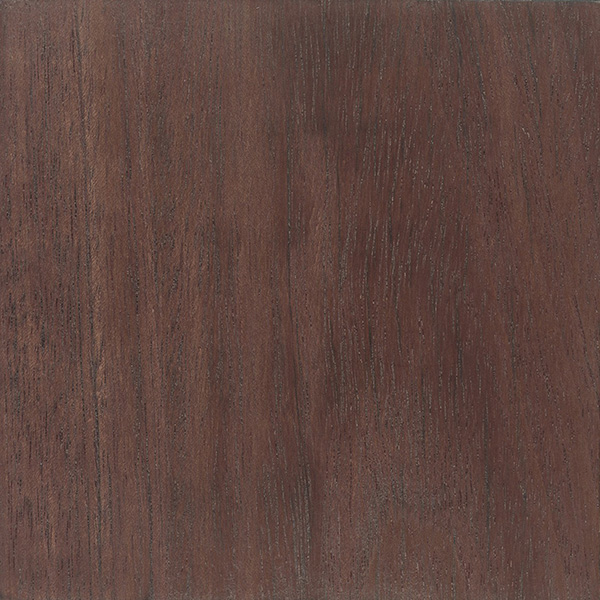The climax vegetation is called quebrachales and consists of vast low hardwood forests where various species of quebracho tree are dominant and economically the eastern chaco is noted for its parklike landscape of clustered trees and shrubs interspersed with tall herbaceous savannas.
Tree in chaco region hardwood.
The gran chaco spans about 650 000 square kilometers 250 000 square miles in argentina paraguay bolivia and brazil making it the largest dry forest in south america.
A towering ponderosa pine discovered in the center of chaco canyon in new mexico known as the plaza tree was once thought to symbolize life and the center of the world for an ancient pueblo.
This tree is just 4 years old.
The quebracho is known for its commercially important hardwood timber and tannin extracts.
The empress splendor is the fastest growing hardwood tree in the world growing up to 20 feet in the first year and reaching maturity in just 10 years.
References edit luna c.
Part of the ecosystem the flowers of the empress tree are rich in nectar attracting honey bees.
The quebracho tree is also used to produce hard wood barbecue charcoal.
We assessed the response of seedlings and pole sized individuals of aspidosperma quebracho blanco schlecht schinopsis lorentzii griseb engler and ziziphus mistol griseb.
Lorentzii is a deciduous species that may reach a height around 20 30 m with an average life span of 250 years giménez and ríos 1999.
Chaco s vegetation has adapted to grow in arid conditions and is highly varied and exceedingly complex.
The hardwood tree species selected for this study are dominant in the dry forests of the western chaco region araujo et al 2008 tortorelli 2009.
El género schinopsis engl.
Distribución usos e importancia forestal.
One of the most impressive vegetation formations is called the quebrachales which consists of vast low hardwood forests where various species of quebracho trees are dominant.
Three valuable species of the tree can be found in the forests of south america in the gran chaco region.
We assessed traits of fire resistance bark thickness and bark density and fire tolerance mortality and sprouting type basal or epicormic in each species.





























